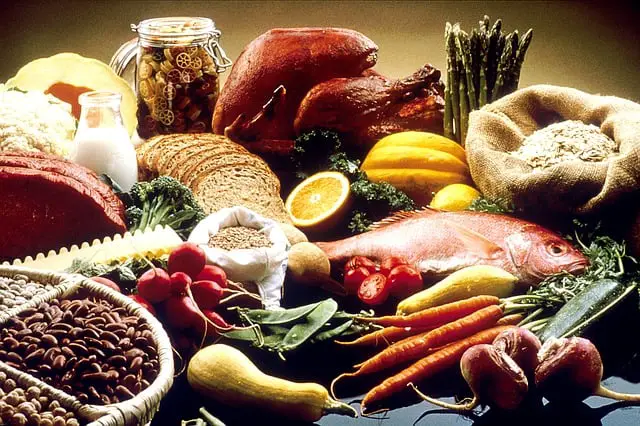
More and more cat owners prefer to abandon industrial food in favor of a healthier homemade diet. Not only is it an economical and ecological initiative, but it is also better for the health of our feline friends. But cooking for your cat does not mean giving it anything! Each of their meals must contain 80% meat (and/or fish), 20% vegetables and 20% cereals. To be sure to give your cat a complete and balanced diet, discover our simple homemade recipe ideas to prepare every day!
Good to know: be careful, if you decide to change your cat’s food, be sure to make a gradual transition with the old food, over a minimum of ten days. The goal? Avoid causing digestive problems to your hairball!
1. Meat, rice and vegetables
For an adult cat, bake 120g of meat (beef, pork, lamb, etc.) in the oven then cut into cubes. Then mix the meat and its cooking juices with 50g of cooked and mixed vegetables (carrots, peas, green beans, zucchini, asparagus, etc.). Finally, add 5g of well-cooked rice.
Attention, all the recipes detailed here correspond to the daily ration of an adult cat of about 4 kg. They must therefore be split into 3 or 4 meals a day.
2. Poultry, rice and vegetables
Bake 120g of poultry (chicken, turkey, etc.) in the oven then cut into cubes. Then mix the poultry and its cooking juices with 30g of well-cooked rice and some chopped vegetables.
3. Cooked ham, pasta and carrots
Cook 20g of pasta (small alphabet type pasta) and 50g of carrots. Then blend the carrots to obtain a carrot puree and dice 1 slice of low-salt white ham. Mix the pasta with a spoonful of light cream. Arrange the carrot puree next to the pasta and scatter the diced ham over everything.
4. Fish, vegetables and corn oil
Bake or steam 120g of lean fish, such as saithe, cod or hake (boneless!), then dice. Mix with 50g of cooked and chopped vegetables. Add a drizzle of corn or canola oil.
Note that fish recipes should be given occasionally (once or twice a week), as meat is more suited to the diet of cats.
5. Tuna, vegetables and rice
Boil 1 carrot then dice it. Cook 5g of rice. Mix everything together and add sheep yoghurt and 150g of fresh natural tuna (especially not canned tuna, unless it is tuna specially intended for cats and therefore low in salt and enriched in taurine).
6. Egg and cheese
Cook an egg to obtain a hard-boiled egg then cut it into pieces. Mix with 30g of white cheese and 30g of cooked and chopped green vegetables. Add a drizzle of corn oil.
Our little tips to know absolutely

- Go to the butcher or fishmonger the evening before closing time to ask for unsold items. If the merchant does not give them to you for free, it may sell them to you at a very low price.
- Never season your cat’s meals. In fact, ban salt, spices, garlic, onion, sauces and aromatic herbs.
- Know the list of dangerous foods for your cat.
- Never give your cat bones and bones. Consider removing them first.
- Sprinkle brewer’s yeast on your cat’s meals to increase vitamin and mineral intake. No more than 1/2 teaspoon of brewer’s yeast flakes per day.
- Do not hesitate to vary the recipes throughout the week.
- Keep the preparations 24 hours in the refrigerator or 2 weeks in the freezer. Discard leftover food if left at room temperature for more than an hour.
- Serve your cat’s food at room temperature. Reheat them slightly if they come out of the fridge, thaw them the day before for the next day by putting them in the fridge (never in the microwave!) if they come from the freezer or let them cool down a little if they have just been cooked.
- Always seek the advice of your veterinarian before starting a home diet. Indeed, some cats (diabetics, kidney failure, etc.) have specific nutritional needs.






